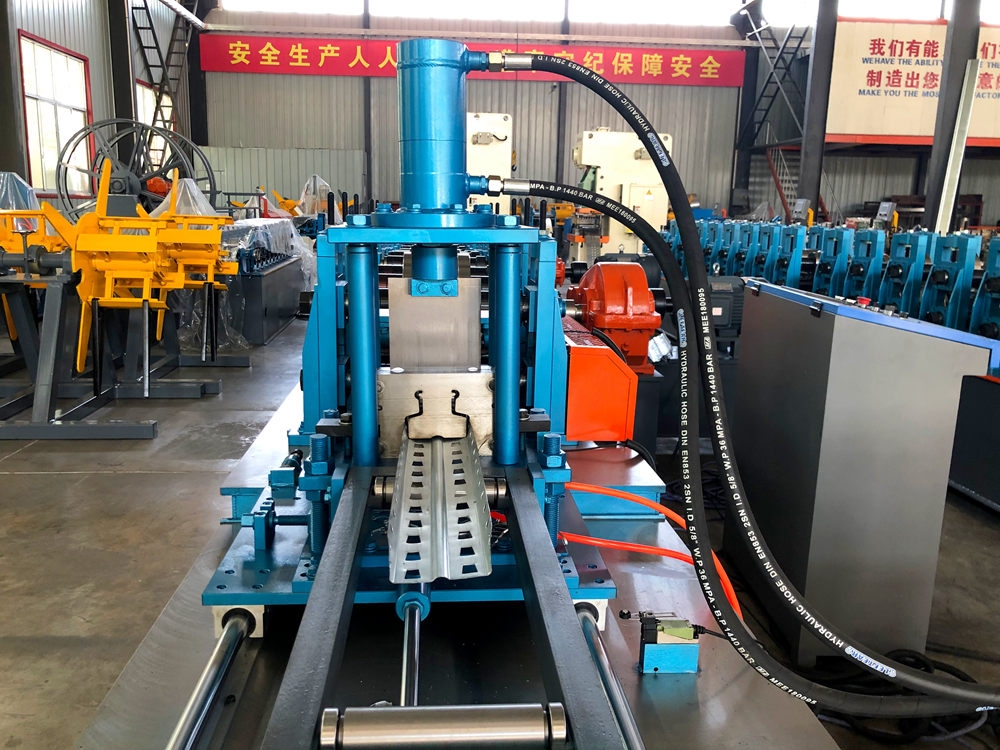
Angle Iron Roll Forming Machine An Overview
The angle iron roll forming machine plays a crucial role in modern manufacturing processes, specifically for the production of angle iron, which is widely used in construction, infrastructure, and various industrial applications. Angle iron, characterized by its L-shaped cross-section, is essential for structural support and reinforcement in buildings, bridges, and other frameworks.
What is an Angle Iron Roll Forming Machine?
An angle iron roll forming machine is a specialized piece of equipment designed to create angle iron from flat metal strips or sheets. The machine uses a series of rollers arranged in a specific configuration to progressively shape the metal as it passes through. This process involves several stages, including feeding, forming, and cutting, ensuring that the final product meets the exact specifications required by the customer.
Working Principle
The operation of an angle iron roll forming machine begins with the preparation of raw material, typically steel or aluminum strips. The strips are fed into the machine, where they are guided through multiple sets of rollers. These rollers perform different functions some are designed to bend the metal into the desired angles, while others provide finishing touches to achieve the required surface quality and dimensions.
Once the angle iron is formed, the machine may incorporate a cutting station, where the continuous length of angle iron can be cut into specified lengths. This automated process enhances efficiency and minimizes labor costs, making it an economically viable option for manufacturers.
Advantages of Using an Angle Iron Roll Forming Machine

2. High Production Capacity These machines can produce large volumes of angle iron in a relatively short period, making them ideal for high-demand production environments.
3. Material Efficiency Roll forming is a near-net shaping process, which means there is minimal waste of raw material. This characteristic offers significant cost savings and promotes sustainable manufacturing practices.
4. Flexibility Many modern angle iron roll forming machines come with adjustable settings, allowing manufacturers to easily switch between different sizes and specifications without extensive reconfiguration.
5. Automation With advancements in technology, many of these machines are equipped with computer numerical control (CNC) systems, enabling precise control over the forming and cutting processes. This automation reduces the likelihood of errors and optimizes production flow.
Applications of Angle Iron
Angle iron is widely utilized across various industries, including construction for structural frameworks, manufacturing for machinery support, and transportation in the production of trailers and shipping containers. Its versatility and strength make it a vital component in the design and implementation of infrastructure projects worldwide.
In conclusion, the angle iron roll forming machine is an essential tool in the manufacturing sector, facilitating the efficient production of high-quality angle iron. As industries continue to evolve and demand for these materials grows, the significance of roll forming technology will undoubtedly increase, driving innovation and efficiency in the process.